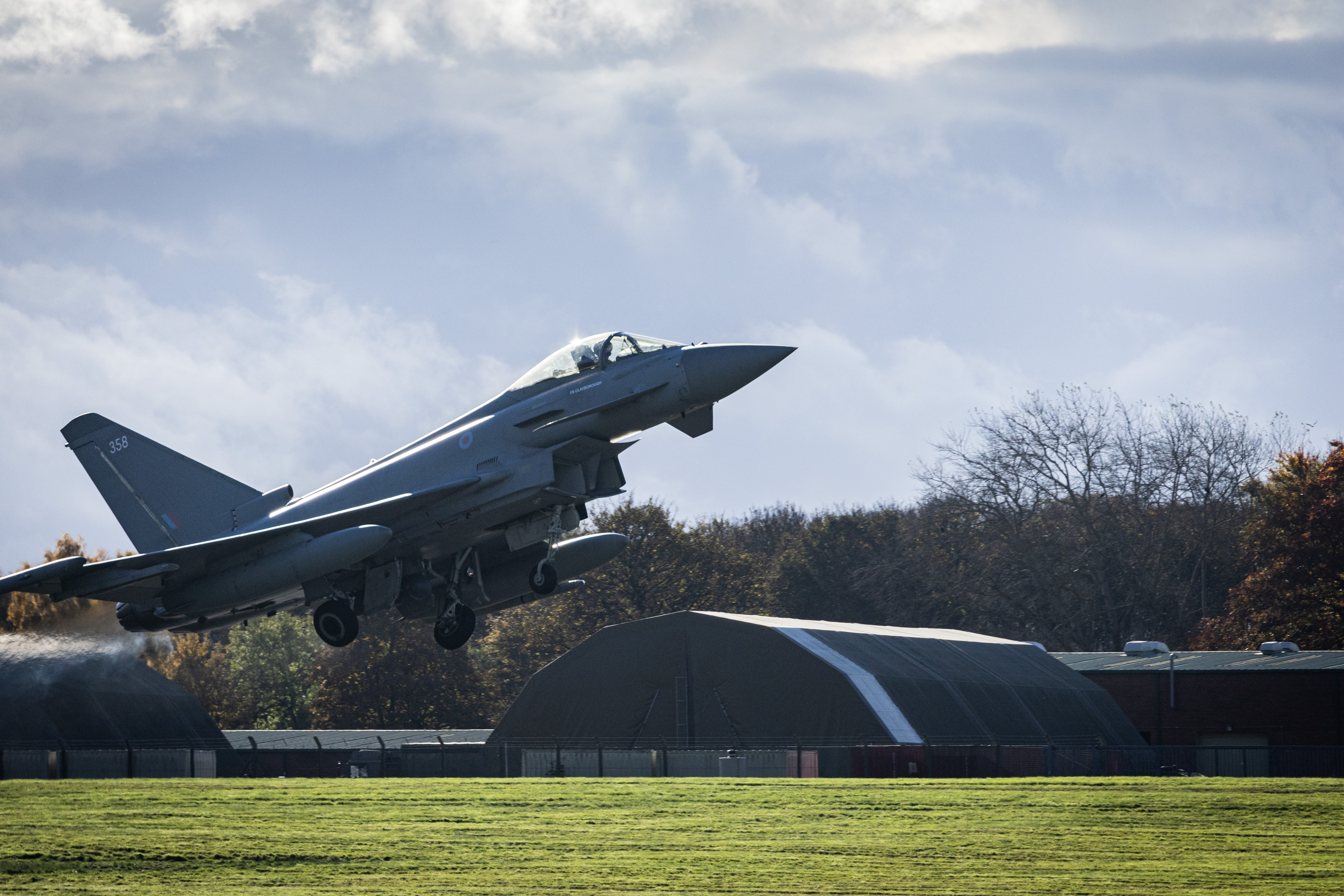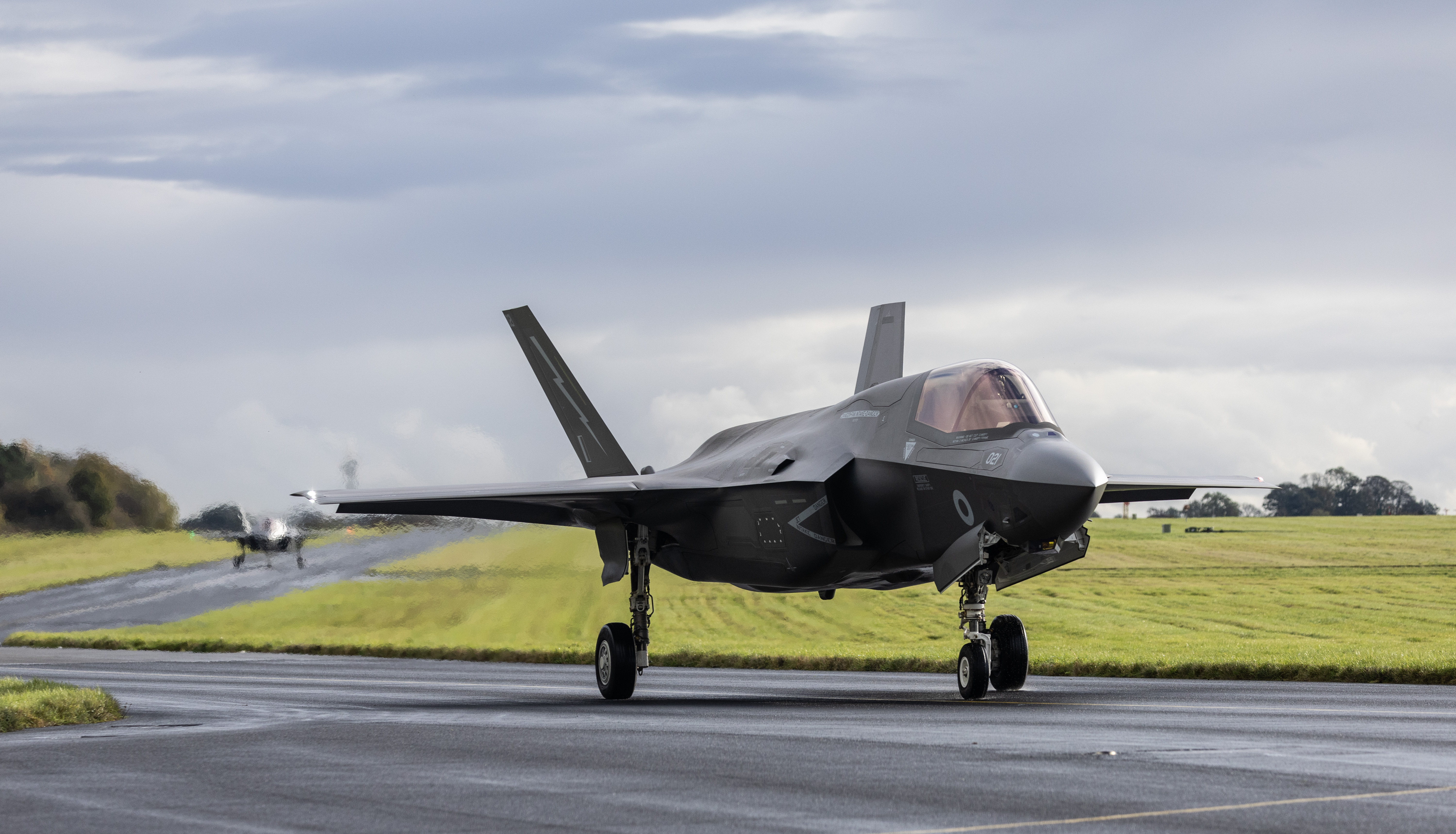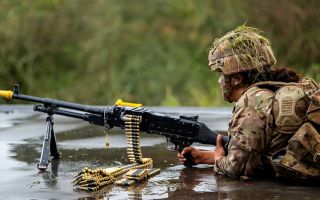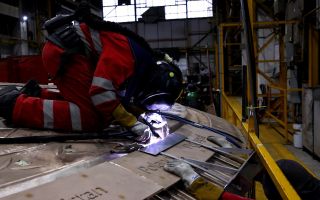RAF Typhoons simulate base attack response with Nato allies
Royal Air Force Typhoons have practised responding to an attack on their main operating bases.
The fighter jets worked alongside French Rafale and US F-35A jets on Exercise Atlantic Trident.
In the scenario, the pilots were informed mid-air that their home bases had been denied and they were to disperse and relocate to RAF Leeming in Yorkshire.
The RAF's Air and Space Commander, Air Marshal Harvey Smyth, said: "To ensure we are prepared for all scenarios, such as bases being denied or under threat, the RAF needs to be able to relocate our capabilities from their home bases to other locations.
"This joint UK-French exercise has been a huge success and has surpassed all expectations."

After relocating to a remote corner of the airbase, they established secure communications with Royal Navy ships HMS Queen Elizabeth and HMS Diamond.
UK F-35Bs were activated to provide support and connected with Command and Control Centres on the ground and in the air to receive tasking orders, including counter-air missions to protect the Carrier Support Group.
Lieutenant Colonel Veuille, the commanding officer of the French detachment, said: "We deployed here at very short notice, without any preparation. We hadn't planned how we were going to get here, where we’d be stationed or where our logistical support would be.
"This is now the new way of doing it, in order to face the peer threats that we are having at the moment."

Both the Typhoons and F-35Bs showed their adaptability, with the Typhoons switching their role mid-air from air-to-air patrol to air-to-surface attack.
The UK's F-35Bs stayed on mission for four hours by "hot-pitting" on the carrier to refuel and simulate rearming with their engines running.
The other jets remained airborne by being refuelled air-to-air by French MRTT, US KC-135 and RAF Voyager aircraft.








